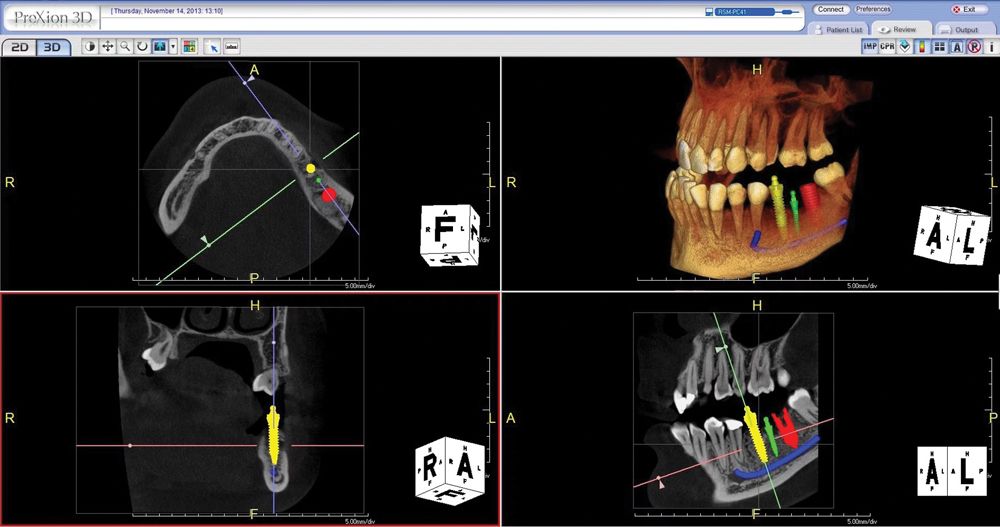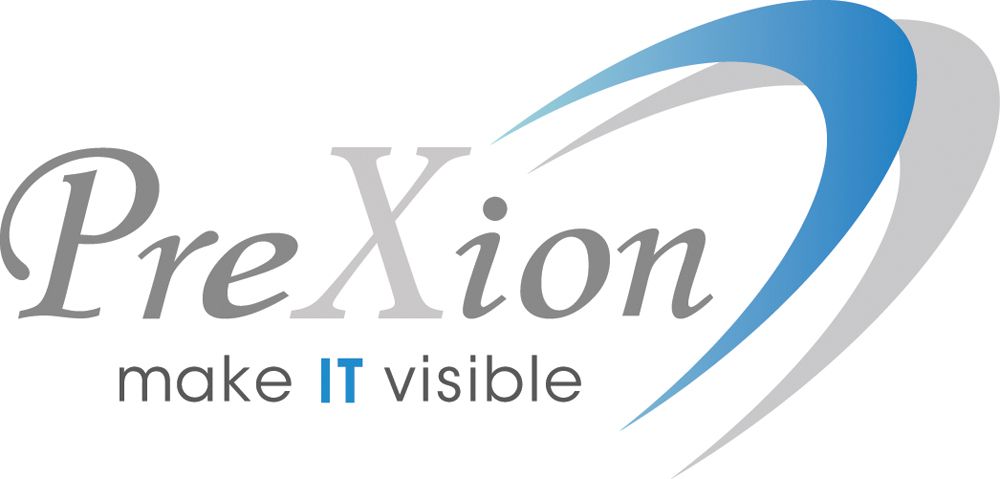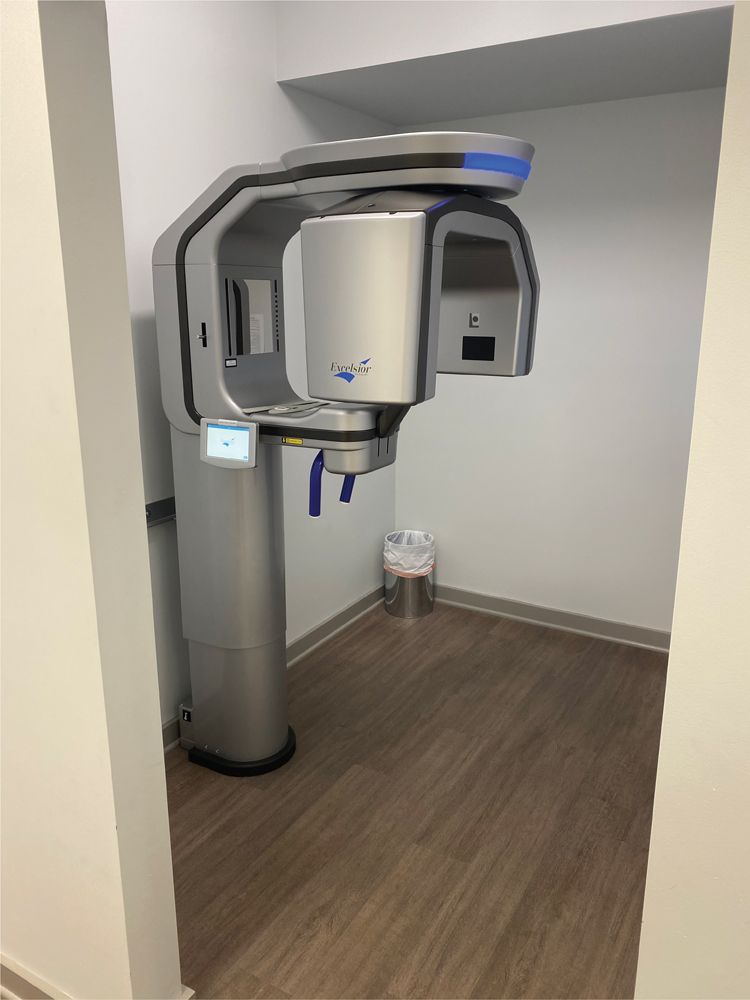Test Drive: Amazing Imaging for Your Diagnostic Needs
[SPONSORED] Marty Jablow, DMD shares his experience with the PreXion3D Excelsior PRO CBCT system.

When I started searching for a CBCT system, I had a multiplicity of choices. Every machine touted the ability to produce stunning images and offered incredible product support. But in the end, the decision was not all that difficult.
I needed CBCT for better implant planning. For many years, I and a periodontist in my office had placed implants freehand. Occasionally, we needed advanced planning and then we worked with a mobile CBCT service. This was fine, but recently I brought an oral a surgeon into the practice for advanced implant placement and third-molar removal, and then an in-house CBCT system became an absolute necessity.

We purchased the PreXion3D Excelsior PRO, and the detail it captures is all the information we need for better treatment planning—and thus for better treatment outcomes for our patients.
After reviewing the available systems and deciding on the Excelsior, the first thing we needed to determine was whether it would fit in the office.
This was not as easy to figure out as it seemed at first. Even though the office had been built with a dedicated room for CBCT, we needed measurements and the equipment’s placement had to be adapted to the room. The good news is that the Excelsior’s footprint is standard. It was delivered in pieces on pallets, so it was interesting to watch it being assembled, placed in the room, and wired up to the acquisition computer. The assembly didn’t take long, and the machine was up and running in no time.
A straightforward training session had already been scheduled for the entire staff. Because there are no licensing fees for additional computers, all of ours had access to the images, which was a great advantage.

In addition, the system features a dedicated panoramic imaging option, which allows us to capture 2D panoramic images and external bitewings for patients who have difficulty with intraoral radiographs.
Something else I needed to determine ahead of time was whether Excelsior would be a good fit for my office in terms of the available fields of view (FOV). The larger the FOV, the more data one must interpret, so having the flexibility to scan at the correct FOV for each individual case was very important.
I do endodontics and some retreatments. A 5x5 scan with high resolution makes it easier for me to find fractures and extra canals before beginning treatment.
Most of our scans for implant planning are 10x8 cm, which allows us to view both arches in one image. We use the 15X8 cm FOV option when we need third-molar visualization. We can also adjust the scan mode to limit the radiation according to ALARA (as low as reasonably achievable) principles. This way we use less radiation when validating the location post-implant insertion than we do for planning the placement.
Speed is another key factor. With the Excelsior, standard scan mode is under 10 seconds, rapid mode scans in just over 5 seconds, and a panoramic image takes 10 seconds. This is important because patients must remain still during scanning, so the faster the acquisition, the cleaner and better the image you have to diagnose from.
The PreXion Excelsior PRO has a 0.3 mm focal spot and 70 µm voxel size. This allows the CBCT system to achieve superior imaging, which is what you really want it to do in the first place.
Image quality is of course important, but you also need to be able to afford the CBCT. I’ve found that it takes only a few 3D scans or panoramic radiographs each month for the PreXion Excelsior PRO to pay for itself. Check with your accountant about taking the proper tax deductions to keep acquisition costs down.
The CBCT system met my expectations, but I knew the hardware needed to be paired with quality software, and with a platform including numerous useful features, PreXion was able to deliver there as well.
Multidata mode loads multiple patient scans on a single screen. This can be used to synchronize pre- and post-operative scans and detect differences slice-by-slice, which is ideal for looking at potential pathology.
The system features with presentation capabilities that quickly capture 3D animated video clips for use in patient education, case presentation, and for visuals at lectures. This allows me to increase case acceptance through improved patient understanding.
Collaborative tools allow the system to automatically save 3D image reports in MS Word and attach them to the practice management record for each patient. Then it’s easy to work with referring dentists by providing them with images via email, CD-ROM, or USB drive. The other clinician can access the images with a sample viewer application.
The remote access capability allows me to work on cases from home or a satellite office without connectivity delays. I can even lead virtual online treatment planning meetings remotely with PreXion3D.
Another nice features of these scanners is they don’t require computer hardware upgrades or slow down network bandwidth. This is a big deal as it lets everyone have image access, and loading time is very fast.
The system’s extensive implant library is an absolute necessity for implant planning. Combine this with intraoral scans, and the planning becomes very simple.
The system is designed to help you save time with over 20 preset 3D volume rendering templates and the ability to customize your own to get images in whatever format you prefer.
The slab feature allows you to see inside structures while rotating the image, and you can even cut away structures to see exactly what is pertinent to your study.
I have had the PreXion Excelsior PRO for a little over a year, and I’ve had no complaints from any of the doctors about image quality. Likewise, I’ve had no hardware issues at all. Everything from the CBCT to the computer works. But if we do have a problem, I’m comfortable because the system includes a best-in-class warranty.
Overall, we have been very happy with our PreXion Excelsior PRO CBCT purchase. It has exceeded our expectations and allowed us to do better dentistry.